If you picture roses, you’re probably thinking about classic red bouquets for Valentine’s Day or soft pink and white blooms in a summer garden.
Roses have way more shades in their palette than you’d ever guess—from mysterious black and velvety purples to vibrant green, lavender, and even blue.
I’m always amazed by how these rare and unusual colors have caught the imaginations of gardeners, collectors, and florists everywhere.
If unique roses get your curiosity going, you’ve landed on the pillar guide for all things rare and exotic in the rose world.
Welcome to the Unusual Rose Colors Series!
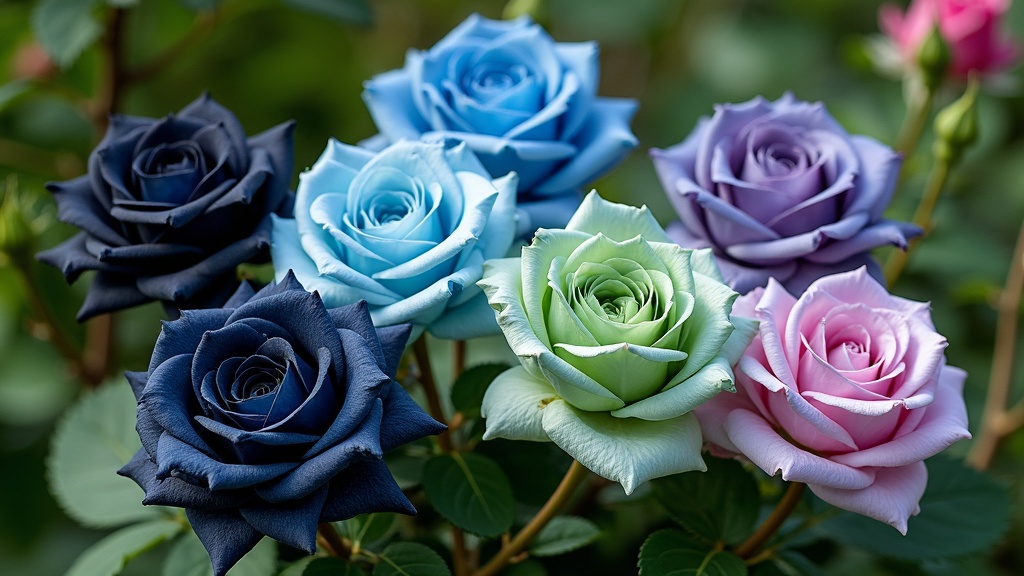
Why Rose Colors Matter
For centuries, roses have symbolized love, beauty, and status. Classic shades like red, pink, and white have deep symbolic roots going all the way back to ancient Rome and Persia.
Breeders started intentionally crossing roses for color about 200 years ago, sparking a global fascination with creating new hues.
Those first unusual colors, like deep orange or purple, became prized luxury items for royal gardens and wealthy households.
Today, rare rose colors still stand for luxury and uniqueness and sometimes even rebellion.
Florists love working with them to craft truly memorable arrangements, and couples searching for wedding flowers often go for roses in exotic shades to stand out.
Landscape designers look for these rare colors as conversation starters or to shine a light on special spots in a garden.
Unusual colored roses have become a way for plant lovers to show personality and taste.
The Science Behind Rose Colors
The pigments in roses come from a mix of natural compounds.
The most important are anthocyanins, carotenoids, and some flavonoids. Reds and pinks mostly come from anthocyanins, while carotenoids give certain roses a yellow or orange tint.
Getting blue or black is a lot trickier.
There’s no true blue pigment in roses naturally, and what looks black is usually a super deep crimson or purple that reads as black under certain light.
Rose breeders use creative crossing, and more recently, gene editing, to bring more exotic colors into home gardens.
Genetically modified roses have cracked the code on some long-dreamed-of shades (like blue), although these are still rare and hotly debated among gardeners.
Along with genetics, things like soil pH, sunlight, and temperature in the greenhouse or garden will influence how bright or deep the colors are when a rose blooms.
For amateur gardeners, playing with these factors can be both a science experiment and a lesson in patience.
Popular Unusual Rose Colors
Lots of rose colors fall firmly outside the everyday.
Each has its own story, quirks, and communities of fans. I’m working on detailed guides for each, so check back for full posts soon!
Here is a quick sneak peek at the showstoppers:
- Blue Roses: The holy grail for many rose growers. Blue roses don’t occur in nature. Any that you see for sale are usually either whitened and dyed, or (occasionally) one of a few unique GM cultivars. They symbolize mystery and the impossible. A favorite for special bouquets.
- Black Roses: These aren’t truly black, but extra dark purples, reds, or maroons bred to create a dramatic, nearly black flower. Famous varieties include ‘Black Baccara’ and ‘Black Jade.’ These roses are symbols of rebirth, new beginnings, and sometimes darker themes like farewell.
- Green Roses: These quirky flowers feature petals that are fully or partially green, such as the rare ‘Rosa Chinensis Viridiflora.’ Green roses represent freshness, harmony, and renewal, making them a conversation piece for any garden.
- Purple & Lavender Roses: From subtle mauves (‘Sterling Silver’) to deep, velvety purples (‘Midnight Blue’), these roses channel royalty, enchantment, and mystery. They’re trending in bouquets and garden borders alike.
- Striped Roses: These showy blooms sport wild variegated petals, mixing colors like red and white or pink and yellow in swirls and stripes. Some well-loved examples include ‘Rock & Roll’ and ‘Candy Stripe.’
- Two Tone Roses: Known for their bold, split color petals, these varieties offer a big visual punch. Classic examples: ‘Double Delight’ (red and creamy white) and ‘Peace’ (soft yellow with pink edges).
- Orange & Coral Roses: Not as rare as blue or black, but super vibrant. These warm, tropical feeling flowers have names like ‘Tropicana’ and bring real energy to gardens or bouquets.
Cultivation Challenges for Rare Colors
Growing a uniquely colored rose can be challenging but also rewarding.
Greenhouses help control variables like temperature and sunlight, which can mix things up with petal color.
Outdoor gardens work too, especially where summers are warm, though rain and soil type might play a role in how vibrant your blooms turn out.
Roses with rare hues need strong pigment, so the right fertilizer is key. I use fertilizers rich in potassium and phosphorus for better flower color.
Soil should be slightly acidic. Aim for a pH between 6.0 and 6.5. Overcast climates sometimes wash colors out, so if you’re in a gray area, consider pots that can be moved indoors for a boost.
- Greenhouse Growing: Control temperature, humidity, and light. Great for more temperamental shades like blue or lavender.
- Soil Health: Healthy, well fed soil brings the best colors out. Test the pH and add compost regularly.
- Sun Exposure: Aim for 6-8 hours of sun for the richest color saturation. Partial shade can tone down especially vibrant flowers if you prefer a subtler look.
If you want to step up your rose color game, consider soil amendments such as bone meal, coffee grounds, or crushed eggshells.
These offer different nutrients and, with the right balance, can give a boost to pigment strength.
Don’t forget mulching, which helps retain moisture and a consistent root temperature.
Symbolism of Rare Rose Colors
Unusual rose colors have meanings that set them apart in flower language. Here’s a quick overview:
- Black Roses: Stand for rebirth, farewell, or new beginnings. Popular for gothic floral themes and memorials.
- Blue Roses: Evoke mystery, the unattainable, and the desire for the impossible. A favorite gift for dreamers and non traditionalists.
- Lavender/Purple Roses: Convey enchantment, wonder, and love at first sight. These are go to`s for whimsical arrangements and themed events.
- Green Roses: Focus on renewal, peace, and stability. Gardeners choose these to anchor bright beds or as unique gifts.
Florists love building stories with rare rose colors, helping clients use them to express complex feelings or create a mood for special occasions.
Demand for rare roses spikes around themed events like gothic weddings or fantasy parties.
More people are now choosing unique colors to personalize their special days, with growing popularity for colored roses in non traditional ceremonies or modern celebrations.
If you keep an eye out for floral magazines or garden shows, you’ll spot these unusual colors more often as they spread fast among plant trends.
Where to Find Rare Rose Varieties
Most big box garden centers won’t stock these unusual roses. You’ll want to search specialized nurseries and breeders.
Shops online like Heirloom Roses, David Austin Roses, and some Etsy sellers offer a variety of rare options.
Always read reviews and check if what you’re buying is a true variety or just a dyed rose (which tends to fade fast or look artificial).
- Specialty Nurseries: The best place for authentic plants.
- Online Suppliers: Research seller reputation, look for detailed plant descriptions, and ask about rootstock if you’re concerned about hardiness.
- Grafted vs Seed Grown: Grafted roses tend to bloom faster and are hardier. Seed grown can be fun for experimentation but takes longer and doesn’t always produce an exact copy of the parent plant.
- Ethical Concerns: Avoid “blue” or “black” roses where the color is just sprayed or injected dye. These are mostly for one off arrangements, not for growing.
Consider joining local or online rose clubs.
Members often swap rare cuttings and give a once over to seller reputations.
Local garden shows can also be a treasure trove for tracking down hidden gems directly from breeders.
Practical Uses for Rare Roses
I like to use rare colored roses as focal points in garden beds or containers.
There’s nothing like seeing a splash of lime green or deep purple among regular reds.
Rose collectors enjoy tracking down these rare varieties the way some people collect art or coins.
- Showpiece in Gardens: Plant a cluster of rare roses as a centerpiece in a flowerbed or entryway for instant impact.
- Special Event Bouquets: Unusual roses make keepsake worthy bouquets for weddings, anniversaries, or themed parties.
- Hobby Collecting: There’s a lively community of hobbyists swapping cuttings and tips for the weirdest, rarest roses out there.
- Photography Subjects: Rare colored blooms often catch the eye of garden photographers looking for unique subjects. Their unpredictable colors and elegant shapes make for amazing close ups and portfolio builds.
- Gift Gardens: Growing a rare rose as a living gift for a friend or loved one can be a heartfelt, personal gesture, especially if you pick a color with special meaning.
Recommended Products for Rose Enthusiasts
- Rare Rose Seeds and Plants: Shop sites like Heirloom Roses, or specialist breeders for legit rare colors. Many also offer starter kits for new gardeners.
- Color Boosting Fertilizers: GardenWise and Rose Tone are two I regularly recommend for rich, lasting flower color.
- Rose Breeding and Reference Books: A couple of my favorites: ‘The Organic Rose Garden’ by Liz Druitt and ‘Classic Roses’ by Peter Beales. Tons of useful info for aspiring breeders.
- Greenhouse Kits: Mini greenhouses like the Gardman 4 Tier are pretty handy for year round rose cultivation without a major investment or a full backyard build out.
- pH Test Kits: Handy kits from brands like Luster Leaf help you monitor your soil’s acidity and optimize for top color performance.
- Self Watering Planters: Great for container gardeners who want to make sure rare varieties don’t dry out between waterings. Look for models with clear water gauges so you can see when it’s time to top up.
If you’re new to rare rose collecting, start with an easygoing variety like a striped climber.
Then, as you get comfortable with the care and quirks, branch out into more challenging colors such as blue or black.
Team up with local rose groups or online forums to swap advice and cuttings, and before you know it, your garden will be a showcase for the extraordinary side of the rose world.
Where to Go from Here
Exploring rare rose colors is about more than just novelty. It’s about bringing extra beauty and personal style into your garden or floral designs.
Each color brings its own meaning, care needs, and sense of adventure.
If you’re as fascinated as I am, stick around and check out the next deep dive post in this series: Blue Roses – Myths, Breeding, and Where to Find Them.
Your rose adventure is just getting started!
Expect more tips, myths, and in depth care instructions for these wild and memorable blooms in coming posts.
Happy gardening!!!!!!!!!
Here’s a little transparency: Our website contains Amazon affiliate links. This means if you click and make a purchase, we may receive a small commission. Don’t worry, there’s no extra cost to you. It’s a simple way you can support our mission to bring you quality content.”

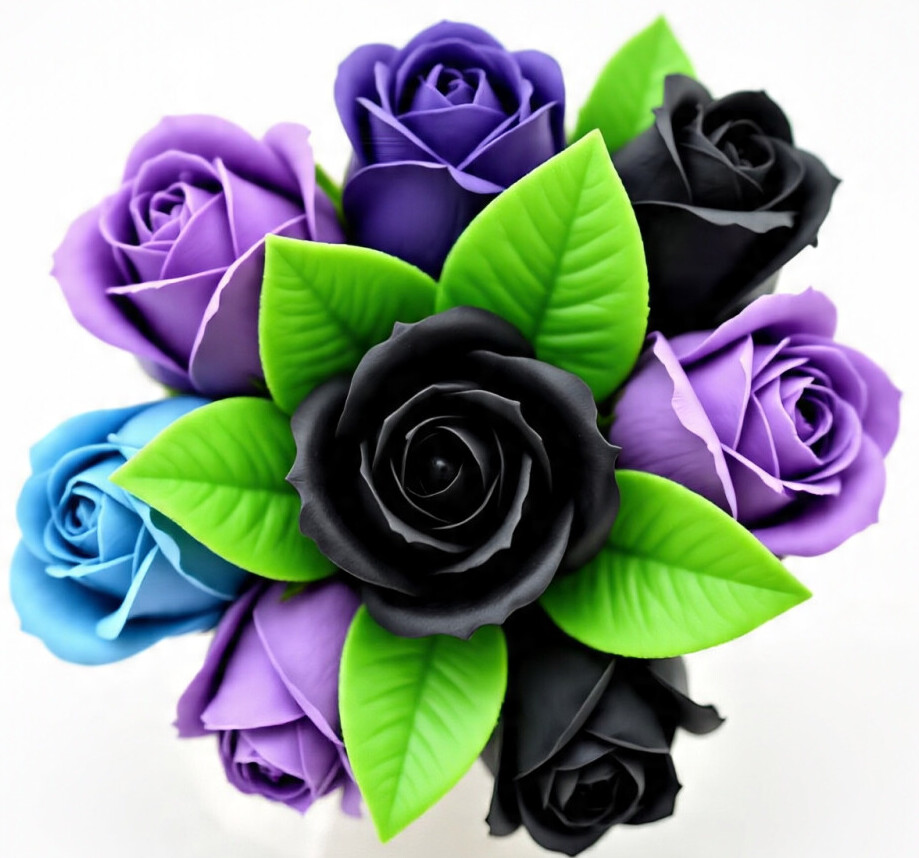
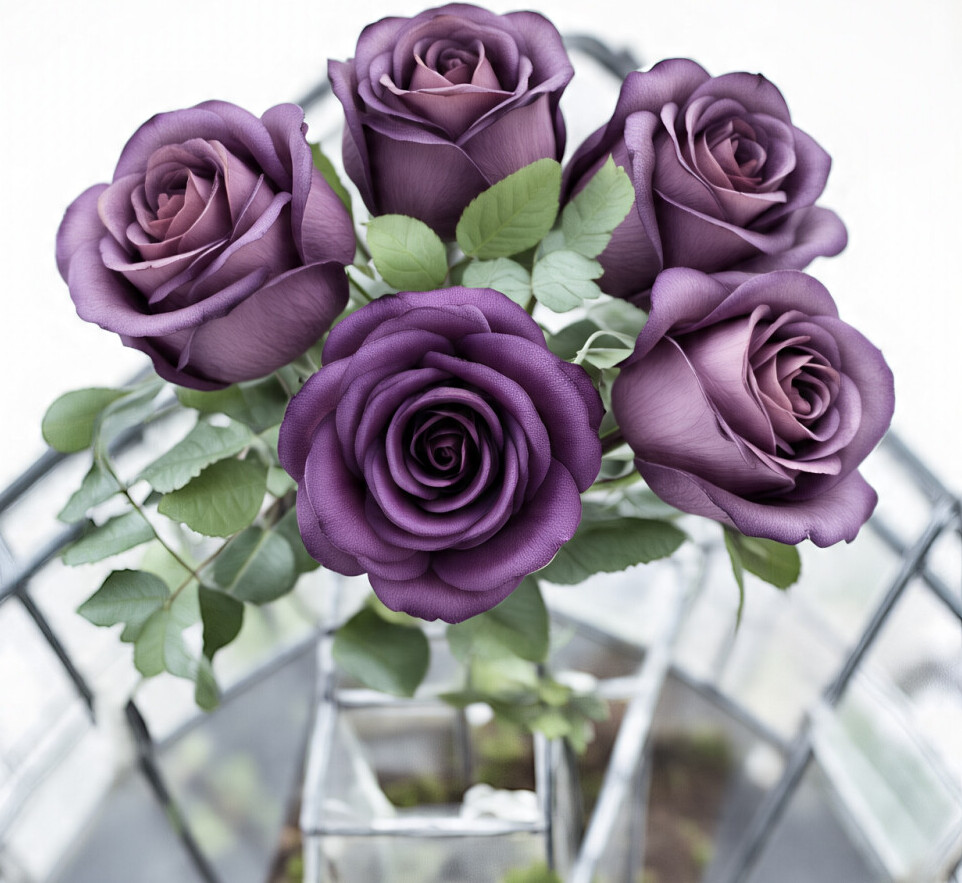
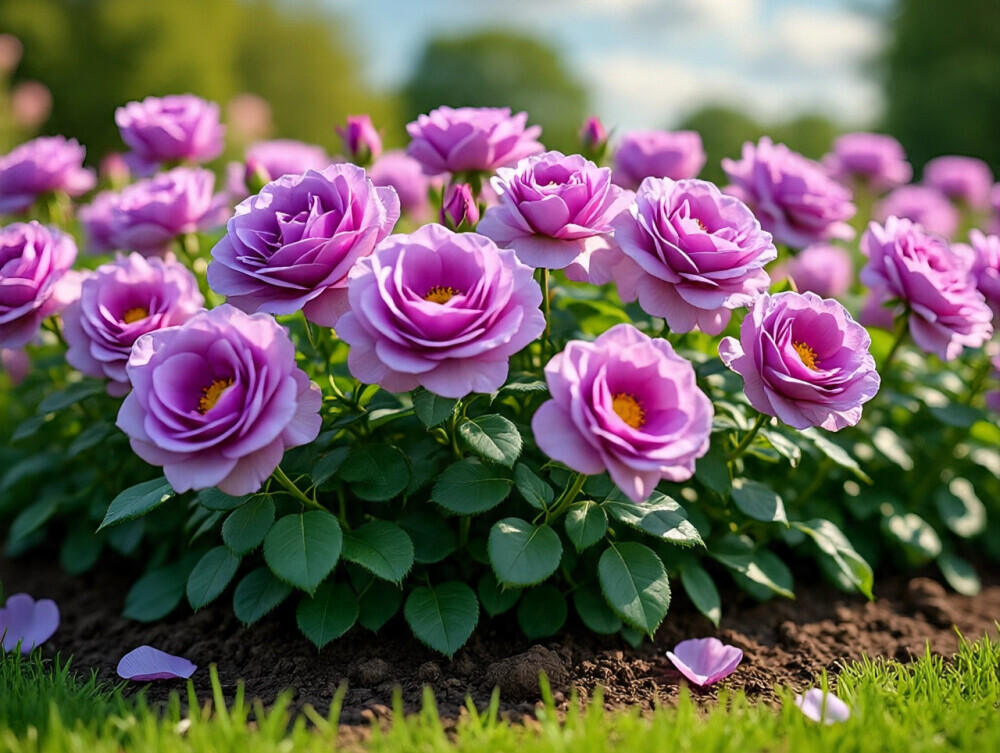
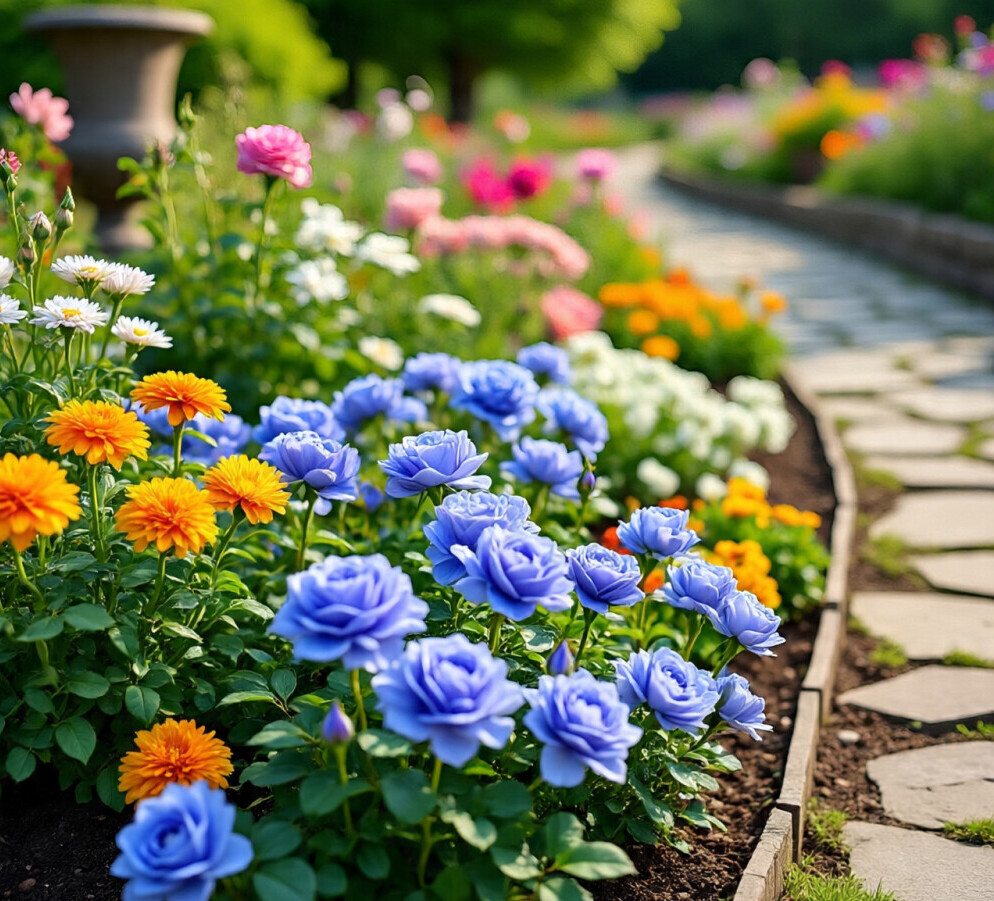
I have attempted to grow roses of many varieties with little success, but my love for them keeps me reading posts on roses like on your website
Your section on unusual rose colors was very interesting for me to know, some of them I was aware of and some were brand new to me.
Challenges for roses was also interesting to know, I live in Pennsylvania. We lack much sunlight during our winter months, and sometimes even during the summer the cloudy days and humid days blocks the sun from shining. This might be one reason my roses don’t seem to do as well as I wish they would.
I liked your recommended product section also,
Jeff
Thanks for sharing your experience, Jeff.
I’m happy you found the section on unusual rose colors interesting, and I’m happy to hear that my post has been helpful to you.
Pennsylvania’s climate can indeed be challenging for roses, especially with limited sunlight during winter and cloudy/humid summers.
Have you considered choosing rose varieties that are more tolerant of shade or cooler temperatures? Some species, like English roses or shrub roses, might do better in your climate. I’d be happy to recommend some varieties or provide more tips on growing roses in Pennsylvania.
Feel free to ask, and wish you the best with your rose gardening endeavors.